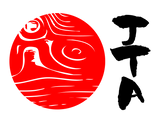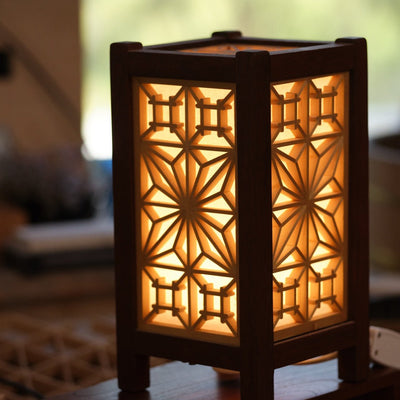Many high-end hand-made kanna feature a tsutsumi - an extra facet below the blade that cradles the bevel as it sits in the block.
We haven't touched on the tsutsumi thus far as it is not a feature of every kanna, however, when it is present, it is generally only found on planes of very high quality, with the block made with the same level of care as the blade.
Functionally, it gives extra support to the blade and prevent chatter as it is pulled through the cut. However, for some (such as Toshio Odate, and who are we to argue with him?) the added complications it adds to tuning a plane can counteract it's benefits.
Recently a customer encountered problems when tuning their new plane that stemmed from the unforseen presence of the tsutsumi, so it is certainly worth spending some time investigating it here.
What is this mythical tsutsumi?

If the ramp that supports your plane's blade forms an unbroken axis from the top of the block to the bottom, your kanna does not have a tsutsumi. However, if the final 10-12mm of the ramp behind your blade change angle before intersecting with the mouth opening, well, congratulations! Your plane has a tsutsumi!
How can we find out if it is impacting the seating of the blade?

As you seat the blade into the block, it can be very helpful to give the bevel of your blade a covering of pencil or even a light coat of oil. If your blade is coming into contact with the tsutsumi, the pencil or oil will only transfer extremely lightly - pay close attention to what marks may be left behind, however slight.
Inspecting the blade's position relative to the mouth from the underside of the plane can also be helpful - if it looks like the blade is bottoming out on the tsutsumi, it may well be.
Sometimes it may be most telling to inspect the sole of the plane (see above) - if the sole is beginning to bulge out immediately behind the mouth, this is also an indication that the blade's bevel is contacting the tsutsumi.
What tuning considerations does it add?

If your tsutsumi has intermittent high spots that are preventing the blade from dropping, they can be scraped away incrementally with a sharp chisel.
Once your blade has even contact with the tsutsumi, it will usually be very close to protruding from the mouth (less than a millimetre). If not, the blade bedding process will need to continue.
It is important here to diagnose whether the fit of the blade in the block is stopping the blade from seating, or whether the tsutsumi is too pronounced. Work incrementally on the culprit (or both areas) to drop.
Ultimately, most of the work the Tsutsumi adds to the tuning process manifests itself in the sole, as the area immediately behind the mouth is pushed proud by the pressure of the seated blade (see above).
This area will need to be flattened off by using a reference surface such as sandpaper on glass, and then relieved slightly by scraping.
As the plane ages and finds it's way into your regularly used tools, it is likely that this area will need attention as changes in the environment or blade pressure can result in it becoming proud again, and lifting the blade out of the cut.


